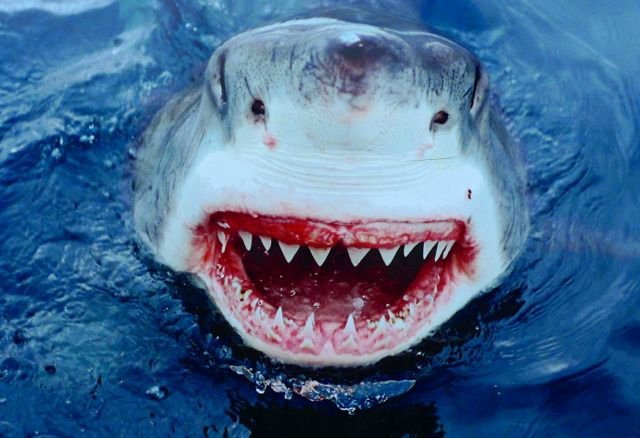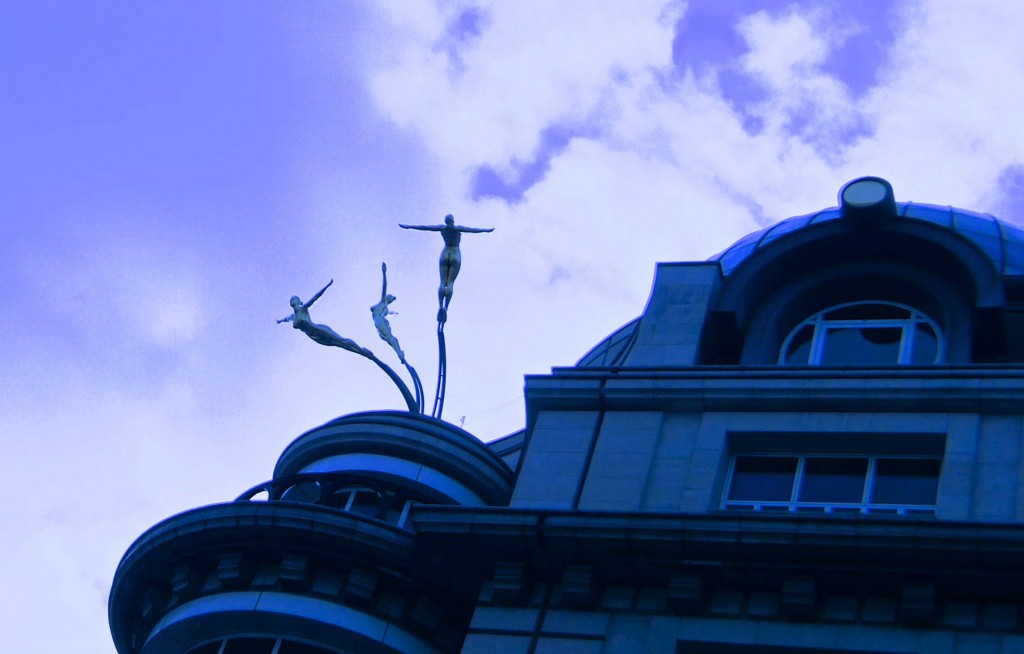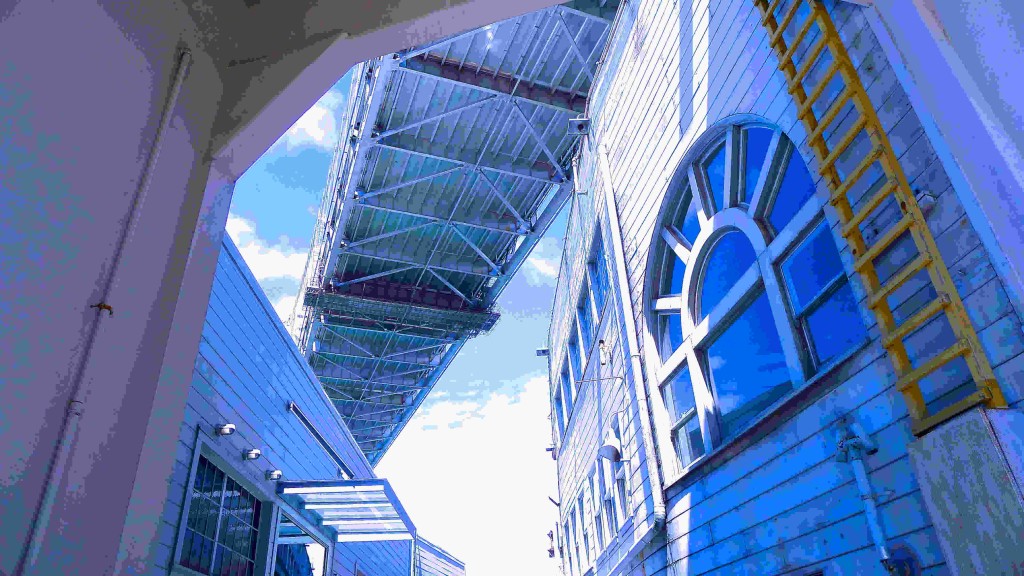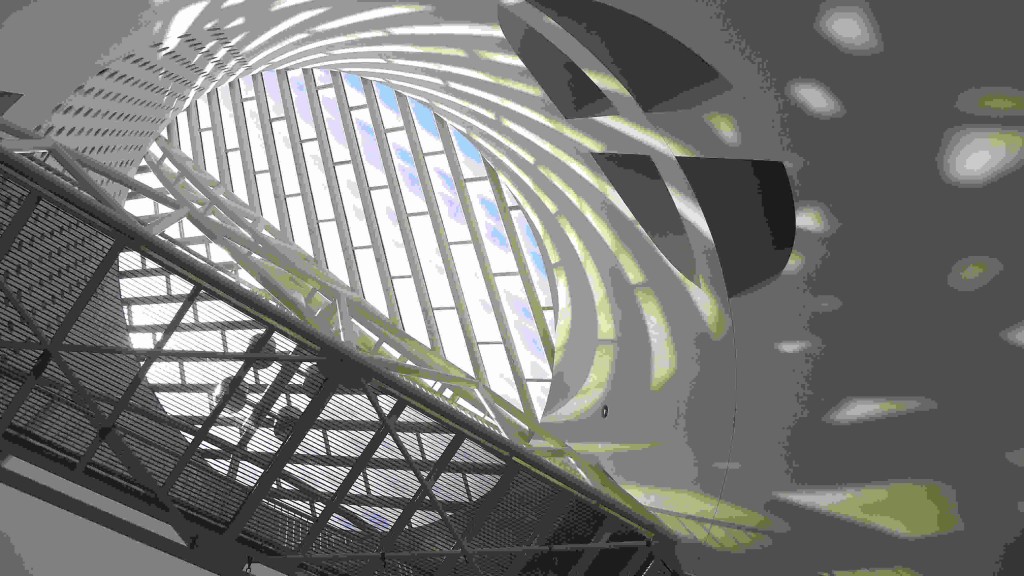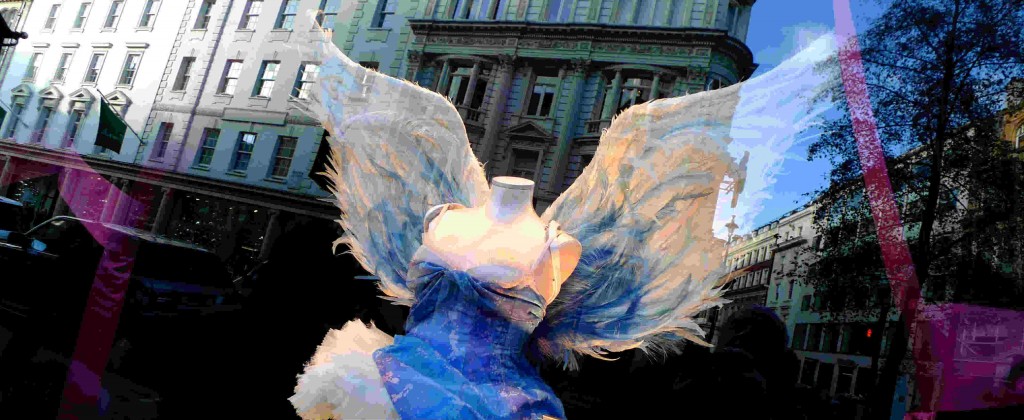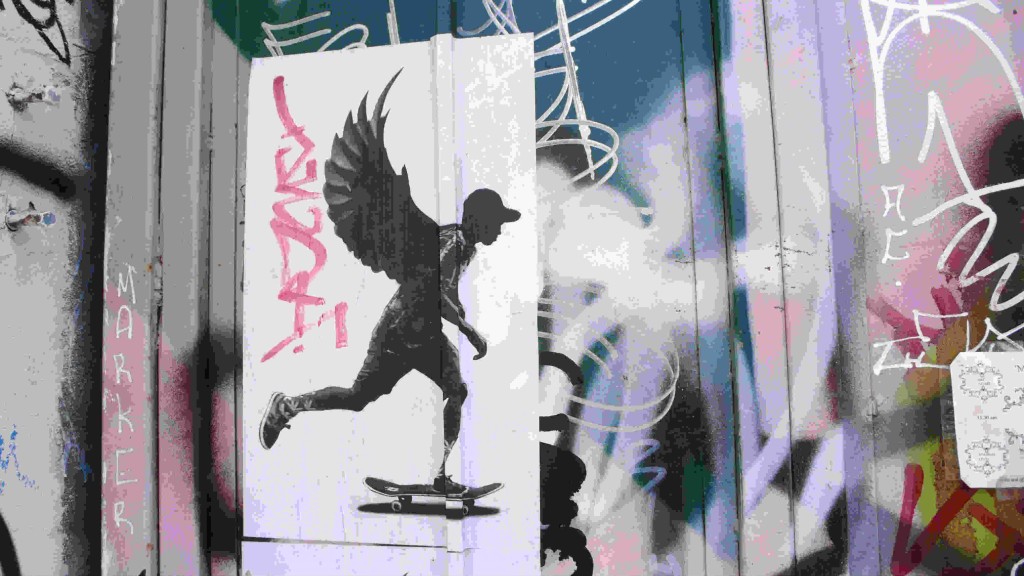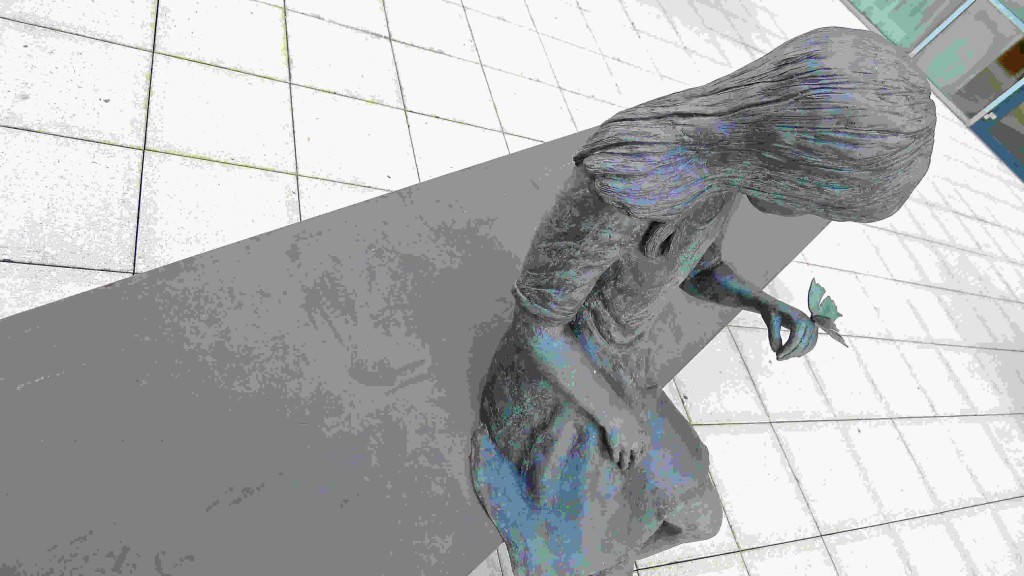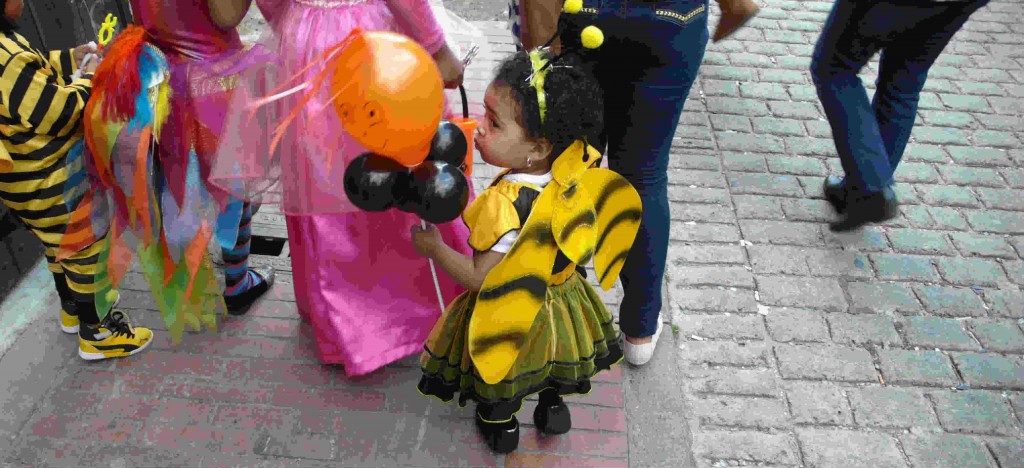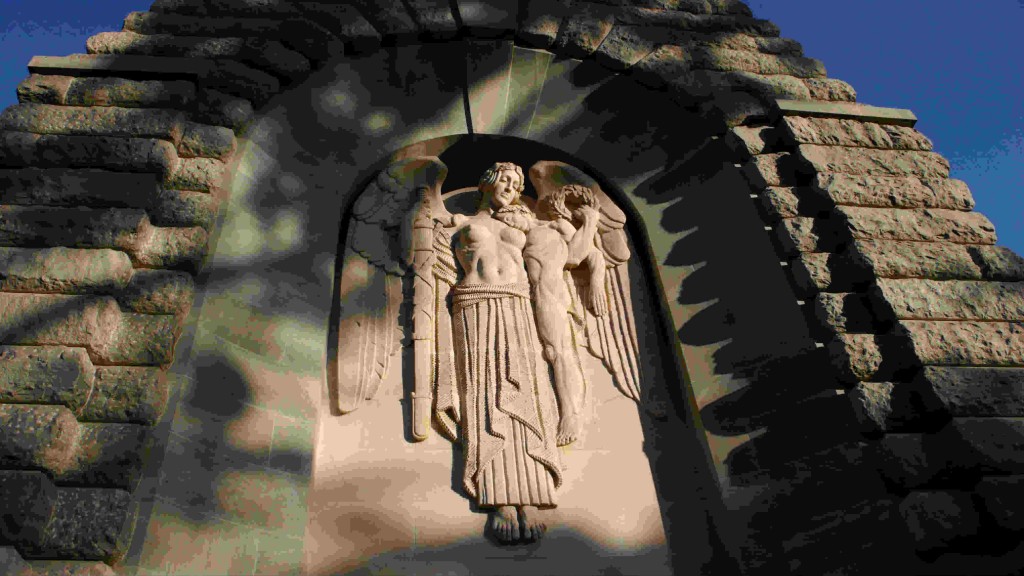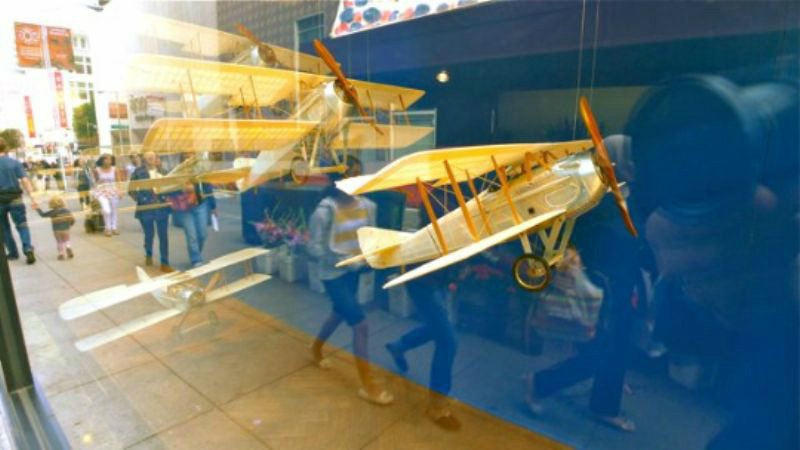Great white shark: this was actually on a dockside poster I passed in Cape Town
It always pays to look up, to see bats, shooting stars, or this statue at the top of Haymarket, London
Sometimes an image speaks way louder than words, a key reason why I have always used visuals in my presentations. This started with carting around carousels of 35mm slides, with slides made by external designers at considerable cost, through the present day, where it is very much DIY. There are few things I enjoy as much as photography, shading through into the task of creating engaging slide presentations.
I remember the architect Moshe Safdie saying decades ago that he threw his camera away because he ended up seeing everything in a frame—and wanted to see the world as it was. While I sympathise, it’s also the case that carrying a camera can encourage you to look at the world with much greater attention than you might otherwise, or at least that has been my experience.
My camera continues to be a key element of my toolkit—not the one in my BlackBerry (which I have almost never used), nor the one in my MacBook Air (though I sometimes use that for Skype sessions), but the third of the Leica D-Lux 4s I have owned, whose size and optics suit me very well. The results can be found in the blog/Journal section of this website.
The underbelly of San Francisco’s Bay Bridge
This habit is something else I got from my father, who carried a camera with him wherever he went, even in Russia during WWII. He also got me into the habit of keeping massive photograph albums, early ones in RAF albums, later ones from the wonderful—and sadly missed—business run by Tessa Fantoni.
That said, many of the images in the blog section of this website, at least up to July 2014, have degraded since we were forced to migrate the website to a new server.
Part of what I love is ‘found structure,’ as shown in the photo above of part of San Francisco’s MOMA building
I have been delighted when my photographs have been used by others, though sometimes the circumstances are sad. Among the highlights of 2011, for example, was the use of a photograph I had taken many years ago of (Sir) Geoffrey Chandler, who sadly died during the year, in obituaries published in The Financial Times, The Guardian and The Times.
In what follows, I will run a short sequence of images on wings, one of my fetishes, and then a number that go way further back.
So, first, wings:
Shot in a Bond Street window
Winged skateboarder in Toronto’s extraordinary Kensington area
A moment of respite: photographed when I was in Holland to talk to the board of a major company
Spied in the streets of Bogotá, Colombia
In the streets of Adelaide, Australia
Spotted in San Francisco airport
Over more than 40 years of photography, I have owned an extraordinary evolutionary sequence of cameras, starting off with a Box Brownie and then running through a Braun Super Paxette (which I borrowed from my father when six of us set off for Greece in 1970—and managed to mash up with a bag-full of prickly pears), a Leica M3 (which I bought from a German friend, Frank Stop, in the early 1970s and which Elaine sold at auction for significantly more than I paid for it some 20 years later), a Nikon (AF/F-801), a Sony (DSC-F717) and then a series of Canon IXUS cameras, including one I was given by a Canon Managing Director on a visit to the company in Japan. That gift sparked quite a debate back at the office about what gifts we should and should not accept. SustainAbility then developed Guidelines—Volans, too.
Most of the images on this site were taken digitally, though some—like the one of Gaia on Gigha in this section—were shot from print originals in photograph albums. Whatever the camera of the moment may have been, one of my great pleasures over the years has involved compiling huge, complex albums of the results, collaging the images together in ways that probably have their roots in my childhood—when I loved poring through my father’s many photograph albums and lined my room in collages cut from my father’s and his mother’s National Geographic magazines.
In the end, that way of storing photographs became too much, so that I was constantly at least 2-3 years behind. And then came the blog—and an alternative way of sharing images and the stories that go with them.
With photographs scattered throughout this website and blog, I don’t need to say much more on just how pervasive this vice has been in my life, but what I originally hoped to do in this section was to create a gallery for some the photos that wouldn’t otherwise have made it onto the site:
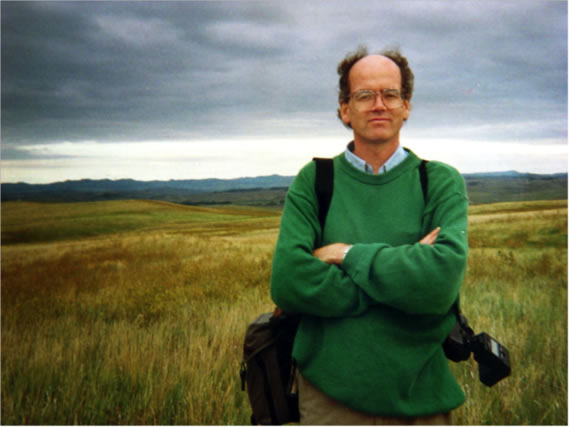

Colour: This seems to have been my Orange Period—inside of boat near Montreux

Serendipity 1: Gaia on Gigha

Serendipity 2: A cloudscape when we were walking in Switzerland
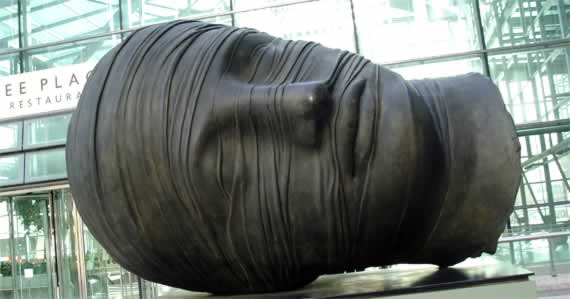
Framing 1: Many of the images I like best were snapped while walking or cycling
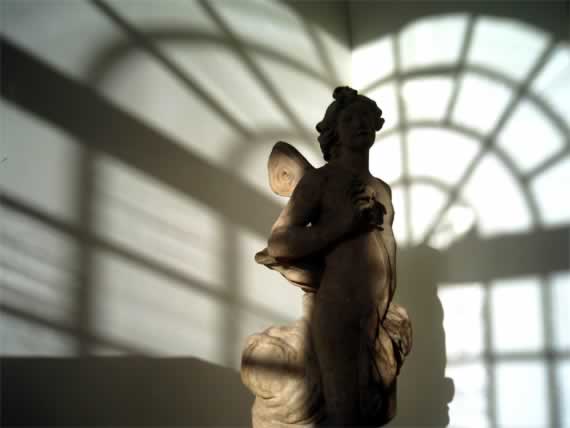
Framing 2: An angel in a break from a SustainAbility retreat at The Orangery, Kew Gardens

Self-portrait in yet another mirror, this time in Barnes
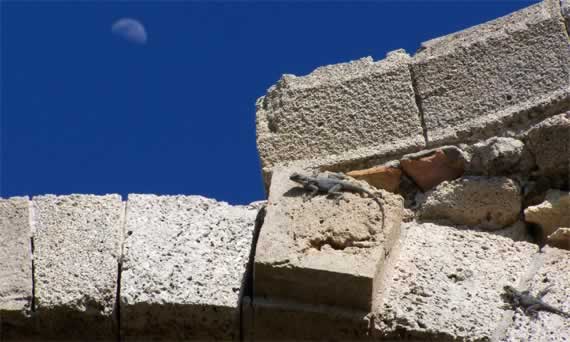
Concatenation: The lizards and Moon caught my eye during a trip back to Cyprus in 2005
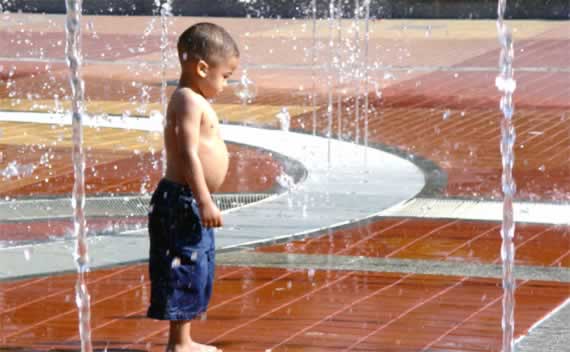
Invisible eye: While in Atlanta to speak at a major coffee industry conference, I whiled away the time trying to photograph children as they ran through jets of water, which shot up unpredictably. After 30 minutes of this, a cycle cop hove in view to say there had been reports of someone taking a worrying interest in the children. As soon as he heard my accent,though, the cyclecop said, “Ah! No, that’s OK. No problem.” Not quite sure what that all meant …
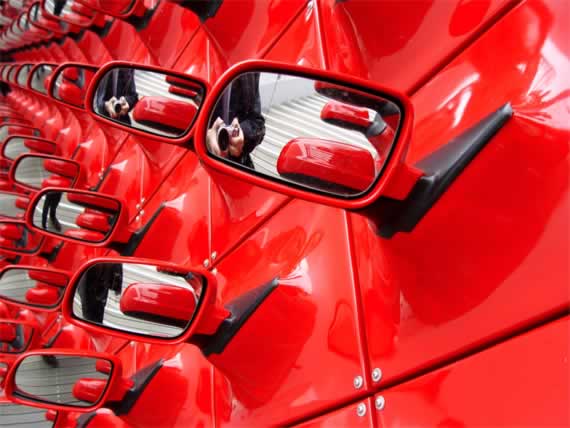
Looking glasses: I love mirroring. The reflections tell me I was using the Sony during this visit to a VW museum in Germany
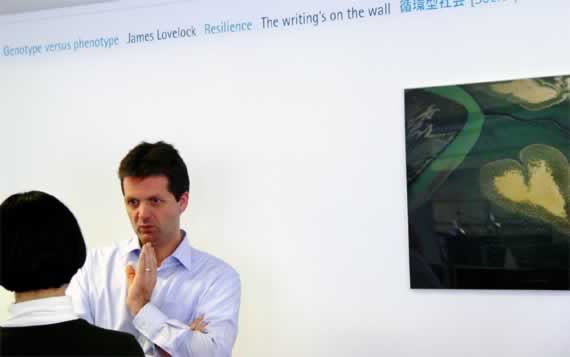
Context: Peter (Zollinger) talking to Jodie (Thorpe) at SustainAbility—though for me key parts of the image were the writing on the wall and the heart.
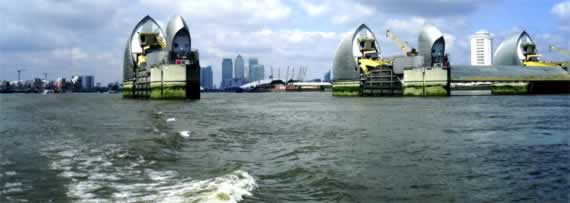
Symbolism: This image is full of complex symbols for me, from Canary Wharf (where I worked with ECGD) and the Millennium Dome (where I was on a Sustainability Panel during the Dome’s development) in the background to the Thames in the foreground, together with the Barrier, designed to hold back rising tides. It also reminds me of the wonderful trip we took by boat with members of the SustainAbility and IDEO teams, visiting the Barrier along the way—and raises questions about just how long the Barrier will continue to protect London? Someone we spoke to at the Barrier said it would probably work until around 2030.
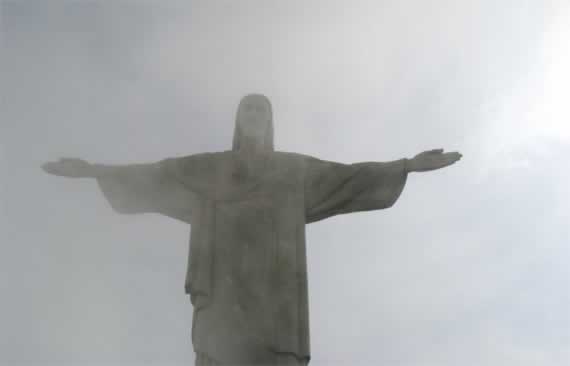
Moment of clarity: Here a cloud lifted briefly while Jodie Thorpe and I were walking around El Christo above Rio. Immediately before and after the, cloud came down to his ankles
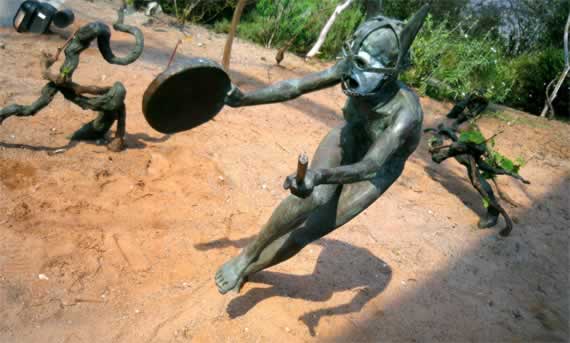
Shadowing: I like the accent provided by the shadow in this Dionysian moment at the Eden Project
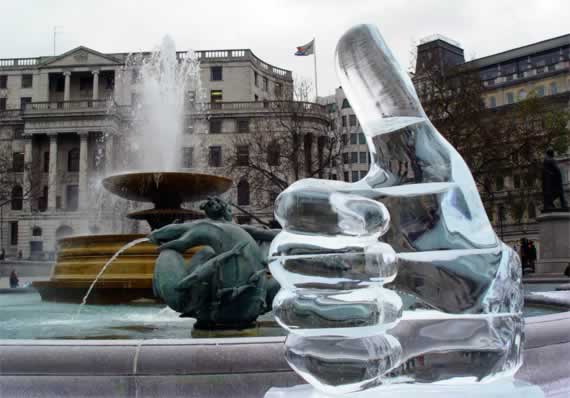
Incongruity: An ice sculpture in Trafalgar Square against a backdrop of water in various states
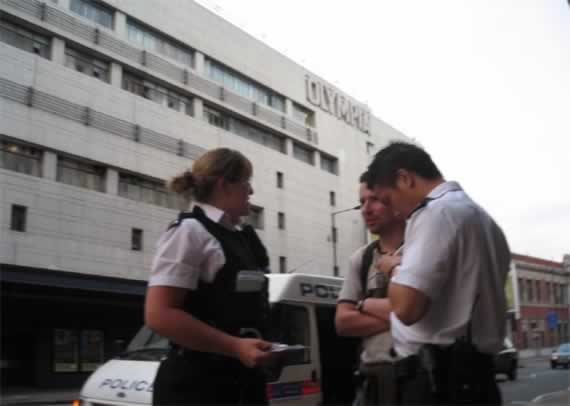
Reportage: Carrying a camera much of the time means you can be inclined to keep shooting even when you’ve been knocked off your bike and have three broken ribs. This was 2006. The man in the middle was my Good Samaritan, a designer who called in the ambulance and police—and insisting that the Mongolian woman who had hit me in a cycle lane at 30 mph, while wrestling with her daughter in the back seat of her car, didn’t leave the scene.
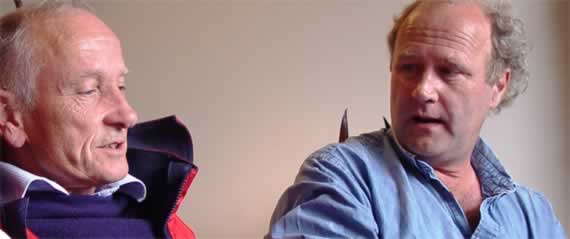
Intimacy: The late Richard Sandbrook and Tim Smit during one of Tim’s breakfasts in Cornwall

Spookiness: Taken near City Hall, London, on a stormy day in 2007
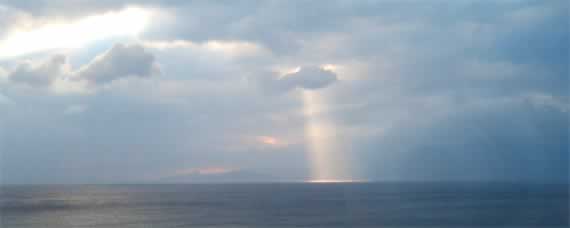
Hope: A shaft of sunshine taken from a hotel on the north coast of Crete
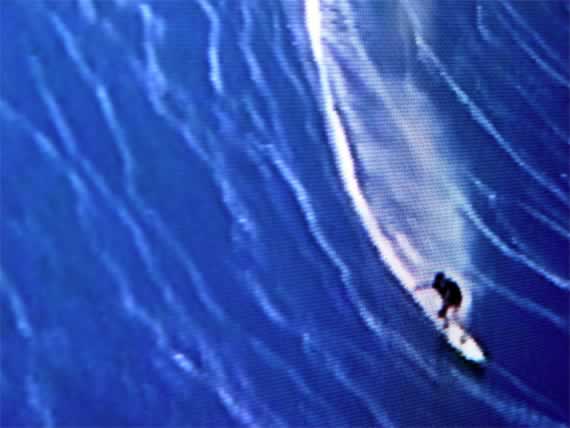
Momentum: Snap of TV screen and big wave surfing, a high-risk sport I have long loved from a safe distance

No flash: Snapped in the dark of the Monterey Bay Aquarium, I like the sub-text here of the growing need to care for Nature, however menacing it may sometimes be—or seem

